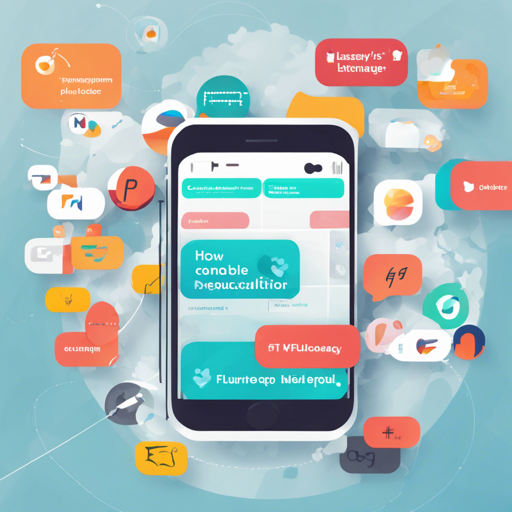Are you looking to make your Flutter application accessible to a wider audience? Internationalization (i18n) is the key! With the easy_localization package, you can effortlessly translate your app into multiple languages. Below, we’ll guide you through the installation, configuration, and usage of this powerful tool.
What is Easy Localization?
Easy Localization is a Flutter package designed for simplifying the implementation of internationalization in your applications. It offers support for multiple languages, dynamic locale switching, and more!
Getting Started with Easy Localization
Installation
To begin, add the package to your pubspec.yaml file:
dependencies:
easy_localization: last_versionNext, create a folder for your translation files, organized as shown below:
assets
└── translations
├── en.json
└── en-US.jsonBe sure to declare your asset localization directory in the same pubspec.yaml file:
flutter:
assets:
- assets/translations/Loading Translations
You can load translations from various formats including JSON, CSV, XML, and more. Consult the Easy Localization Loader for detailed information.
Configuration
Wrap your application in the EasyLocalization widget. Here’s an example:
import 'package:flutter/material.dart';
import 'package:flutter_localizations/flutter_localizations.dart';
import 'package:easy_localization/easy_localization.dart';
void main() async {
WidgetsFlutterBinding.ensureInitialized();
await EasyLocalization.ensureInitialized();
runApp(
EasyLocalization(
supportedLocales: [Locale('en', 'US'), Locale('de', 'DE')],
path: 'assets/translations',
fallbackLocale: Locale('en', 'US'),
child: MyApp(),
),
);
}
class MyApp extends StatelessWidget {
@override
Widget build(BuildContext context) {
return MaterialApp(
localizationsDelegates: context.localizationDelegates,
supportedLocales: context.supportedLocales,
locale: context.locale,
home: MyHomePage(),
);
}
}Using Translations
To translate strings in your app, you can use the built-in tr() method:
Text(context.tr('title'))Analogies for Understanding Configuration
Think of your Flutter app as a restaurant and the localization process as creating a menu that caters to different tastes. Just as you’d compile dishes from various cuisines, you’ll gather translations for your phrases from diverse locales. The Easy Localization package is like a helpful chef who organizes kitchen supplies (translation files) into a pantry (assets folder), ensuring you always have the right ingredients (translations) on hand for the dishes (text) you want to serve to your guests (users).
Troubleshooting
If you encounter any issues while implementing Easy Localization, here are some common troubleshooting steps:
- Ensure the locale is specified correctly in your
Info.plistfor iOS as described here. - Check that your translation files are properly formatted and located in the specified path.
- If translations are missing, ensure you’ve set the fallback locale correctly.
- For persistent issues, consider reaching out to the community for support and insights.
For more insights, updates, or to collaborate on AI development projects, stay connected with fxis.ai.
Conclusion
With a few simple steps, you can make your Flutter app multilingual and more accessible. Easy Localization will help you cater to a global audience, enhancing user experience and engagement. At fxis.ai, we believe that such advancements are crucial for the future of AI, as they enable more comprehensive and effective solutions. Our team is continually exploring new methodologies to push the envelope in artificial intelligence, ensuring that our clients benefit from the latest technological innovations.

